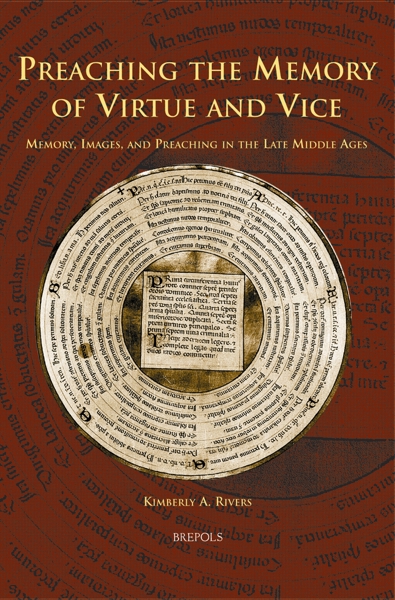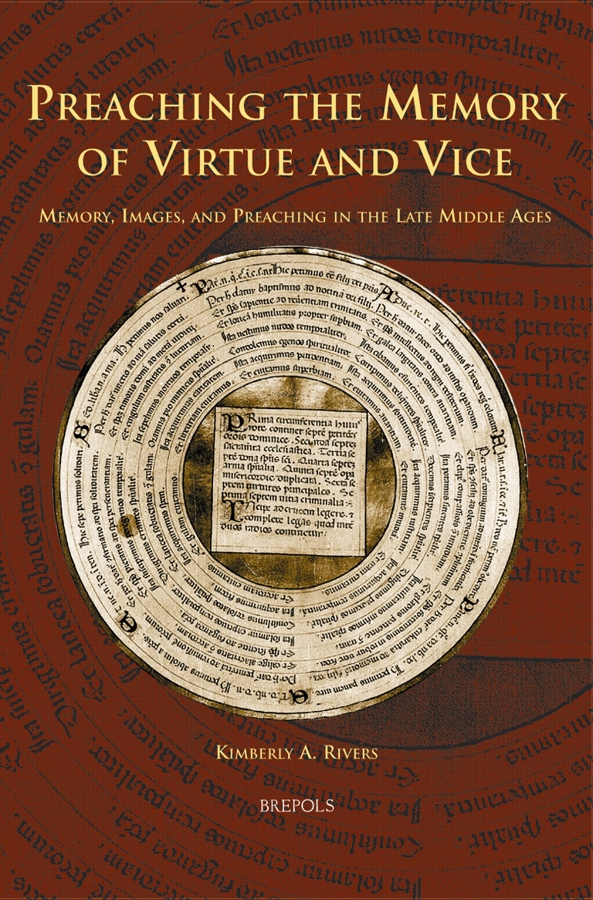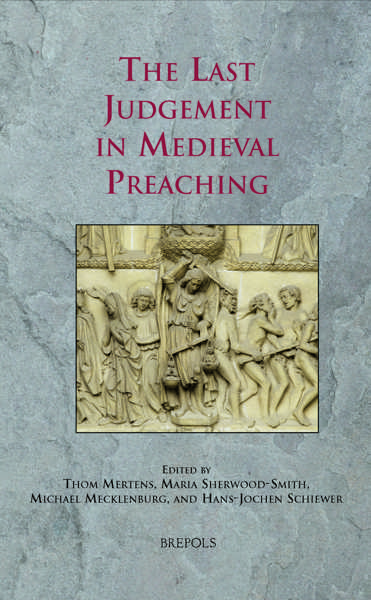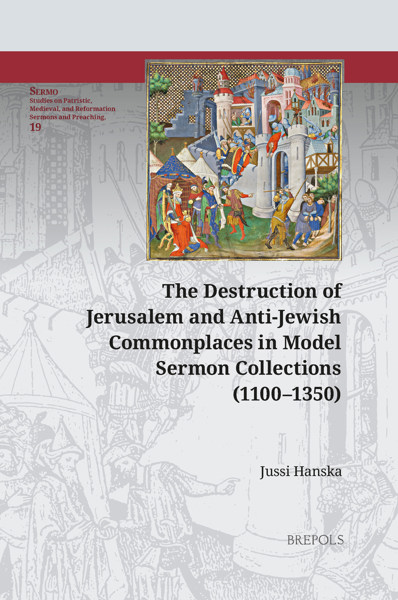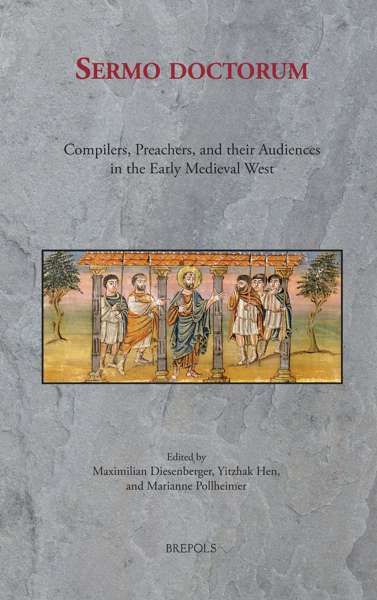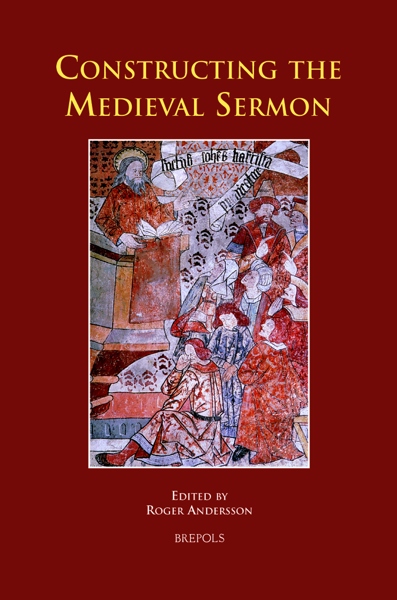
Preaching the Memory of Virtue and Vice
Memory, Images, and Preaching in the Late Middle Ages
Kimberly Rivers
- Pages: xvii + 377 p.
- Size:156 x 234 mm
- Illustrations:4 b/w
- Language(s):English
- Publication Year:2010
- € 85,00 EXCL. VAT RETAIL PRICE
- ISBN: 978-2-503-51525-0
- Hardback
- Temporarily Out of Stock
- € 85,00 EXCL. VAT RETAIL PRICE
- ISBN: 978-2-503-55892-9
- E-book
- Available
This volume explores the integral role of memory and mnemonic techniques in medieval preaching from the thirteenth to the early fifteenth century.
"This is a well-written and stimulating study, full of close reference to the medieval texts it relies on and making use of much material still available only in manuscript." (G. R. Evans, in Journal of Theological Studies 62/1, April 2011)
"This volume offers substantive research into a rich world of largely unstudied authors, helping to explain what made a good sermon." (Constant J. Mews, in Journal of Ecclesiastical History 62/3, July 2011)
"Rivers has written a fine study on the role of memory and mnemonic practices in twelfth through fifteenth-century medieval preaching." (John T. Slotemaker, in: Religious Studies Review, vol. 38 (4), 2012, p. 247)
"Rivers weist die große Bedeutung der englischen Antikenrezeption des 14. Jahrhunderts für die Gestaltung und Memorierung von Predigten schlüssig nach und eröffnet so eine spannende Perspektive für zukünftige Studien im weiten Feld der Predigt- und Memoria-Forschung." (Georg Strack, in: Sehepunkte 13 (2013), Nr. 2)
This volume explores the integral role of memory and mnemonic techniques in medieval preaching from the thirteenth to the early fifteenth century. It argues that the mendicant orders inherited from the early Middle Ages both the simple mnemonic techniques of rhetorical practice and a tradition of monastic meditation founded on memory images. In the thirteenth century Dominican and Franciscan writers drew on these basic techniques even as they re-evaluated the ancient mnemonic system of the Rhetorica ad Herennium (first century BC). The increasing emphasis that intellectuals placed upon cognitive science, ethics, and on distinctions between rhetoric and logic created a climate that welcomed an image-based memory system designed for orators. The book also explores the Franciscan contribution to mnemonics, which has been almost entirely neglected by scholars. As the Franciscans came to value imaginative meditation as part of their own spiritual lives, their habit of meditating on mental images of the virtues and vices eventually spilled out into their sermons. As the new orators of the period, Franciscans and Dominicans each inserted mnemonic images into their sermons as a way to aid the recall of both preachers and listeners. The products of such mnemonic practices in medieval sermons, which included elaborate descriptions of buildings, schematic renderings of the number seven, and verbal images of the virtues and vices, were then allegorised in moral terms and circulated on the continent in exempla collections. This book argues that verbal images and complicated schema functioned as ‘ordering devices’ for those preaching and listening to sermons, whilst also provoking an affective response that enhanced listeners’ devotional and penitential experiences.
CONTENTS
List of Illustrations
Preface
Author’s Note
List of Abbreviations
Introduction
Chapter 1: The Pressures of Memory in the Twelfth CenturyPart I. The Transformation of Memory in the High Middle Ages
Chapter 2: The Influence of the Mendicant Orders on Mnemonic Theory
Chapter 3: Franciscan Memory and Meditation
Chapter 4: Mnemonic Advice for PreachersPart II. Constructing the Preacher’s Memory
Chapter 5: Theoretical Justifications for the Use of Images in Preaching
Chapter 6: The Mnemonic Exempla of the Classicizing Friars
Chapter 7: France: Mythography and the Virtues and VicesPart III. The Spread of Mnemonic Exempla
Chapter 8: Johannes von Werden’s Dormi secure and the Circulation of Picturae in Germany and Central Europe
Chapter 9: Memory Precepts in Italian Preaching
Conclusion
Bibliography
General Index
